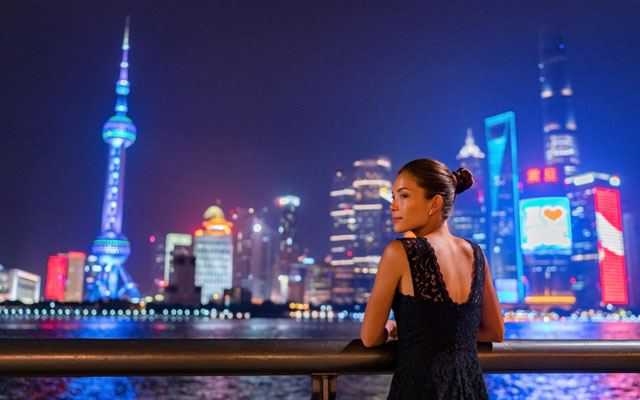Tourism players near and far are clamouring for a slice of Asia-Pacific’s ultra-wealthy pie, as the luxury market looks set to be among the first to rebound when travel resumes.
Gearing up to tap into that market, destinations are drawing up exclusive itineraries, re-packaging products and launching marketing campaigns targeting the region’s luxury travellers.

Speaking at the virtual ILTM World Tour Asia Pacific, Winston Chesterfield, director and founder of Barton Consulting, said: “Asia-Pacific is the fastest-growing region in terms of population, number of high-net-worth individuals (HNWIs) and total wealth. Given this, and their overall spend on luxury travel, there is going to be very strong growth from the region in the future.”
According to ILTM APAC and the Global Travel Recovery Report 2020, while HNWIs only form 0.15 per cent of Asia-Pacific’s overall population, they contribute 48 per cent to total global luxury travel universe (GLTU) spend.
Additionally, research carried out in 3Q2020 by luxury and wealth researcher ALTIANT revealed that Asia is home to the most HNWIs who claim money remains no object at 34 per cent. Meryam Schneider, vice president of marketing and partnerships, referred to this psychology as “revenge spending”. She noted: “These may be the most carefree spenders in the coming months.”
Schneider added in the short- to mid-term, the region’s HNWIs will travel within Asia. Rural areas with exclusive curated packages designed for families and small groups are predicted to be popular. She advised: “There needs to be customised marketing for the highest end of clients, with a special focus on Asians.”
Noting the potential, destinations across the globe are putting in place plans to lure this prime market to their shores.
Tourism Ireland has launched a luxury travel strategy to attract ultra-high-net-worth individuals (UHNWI) and HNWI travellers. Additionally, it has procured industry experts to advise on how to capture high rollers and prepare Ireland’s wealth of products for the world’s most wealthy.
Aisling McDermott, Tourism Ireland’s Middle East and Asia manager, said: “We know this market will come back first and we need to be ready. We have invested very heavily and are very much focused on targeting luxury travellers.”
McDermott added prior to Covid-19, 80 per cent of the country’s HNWIs came from the US, 15 per cent from Australia and New Zealand, and the remaining five per cent from the rest of the world. She said: “It is this five per cent I am targeting right now.”
In Japan, the private and public sector have been working together to form the Fujisan Luxury Tourism Consortium (FLTC). The initiative will officially launch in April and has curated a series of exclusive itineraries in and around Mount Fuji.
Tatsuya Masubuchi, CEO of HNWI consultancy Root and Partners which helped form the consortium, said the aim is to focus on small groups of less than 10 HNWIs. Activities include luxury hikes to previously unvisited parts of the area, helicopter transfers and exclusive wellness programmes that tap into the revered mountain’s sacred springs.
With Japan slated to form travel bubbles with various Asian countries first, Masubuchi is confident itineraries that offer pristine nature away from the crowds in spiritual surroundings will appeal to Asia’s big spenders.
In October, Luxury Travel Vietnam rebranded and expanded its services offering high-end, tailor-made tours across Vietnam, Cambodia, Laos, Thailand and Myanmar. Operating as Lux DMC Travel, its products now cover all of South-east Asia, Japan and Korea.
Pham Ha, CEO, said: “It’s forecast there will be an increase in high-end tourists who have a demand for travelling after Covid-19. Therefore, our expansion will help us offer more choice. After Covid-19, attracting more customers from the luxury market will help us to recover our business quicker.”
In the wake of the pandemic, the company has recruited travel experts, changed its marketing strategies, and designed a raft of itineraries to cater to the shift in demand from high-end travellers and new markets.
In spite of this appetite for Asia’s elite, Nick Ray, product director at Hanuman Travel which predominantly works with Europe and the US, said switching direction during Covid-19 times is far from easy.
He explained: “Everyone would like to pivot towards this market but it doesn’t happen overnight as there are already many companies with established partnerships. This can take a long time and is usually done by attending trade shows or visiting a country to have face-to-face meetings. Obviously, we can’t do that right now.”
However, he predicts that when borders start to reopen, there will be a surge in tourism companies switching from B2B to B2C. He said: “This will happen quickly as there will be a massive pent-up appetite for travel to tap into.”




















